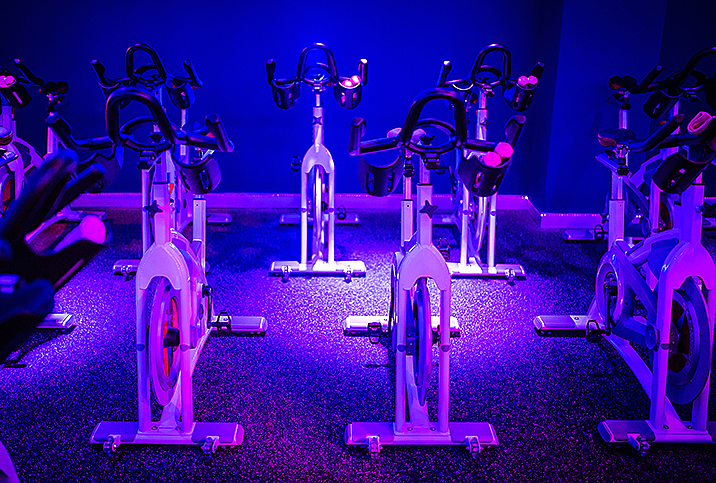Can Cycling Cause ED?

Cycling is a popular, generally low-impact activity, but it may cause an unwelcome side effect. Riding a bicycle for extended periods on a poorly fitted seat, combined with a lack of stretching, can make preexisting erectile dysfunction (ED) worse and might even cause ED by restricting blood flow and the nerves in and around the groin area.
Making adjustments to your bike and your cycling habits could help prevent some of the side effects associated with regular riding.
How cycling can contribute to ED
A Harvard Health report made the case that seat shape is the primary culprit behind erectile dysfunction-related complications from cycling. The report stated that improperly fitted seats can put pressure on the perineum, the area between the anus and the base of the penis shaft. This pressure can pinch and dull nerves in the area, putting a damper on the stimulus that typically occurs during sexual arousal. Complications were most apparent in men who rode for three hours a week or more.
The Boston University School of Medicine reported that straddling, a position caused by narrow, racing-style seats, places most of the body’s weight on the groin area. Over time, such weight distribution leads to nerve damage, reduced arousal to sexual stimulus and genital numbness.
Compared to swimmers and runners, both low- and high-intensity cyclists consistently have higher rates of genital numbness, blood vessel constriction in the groin, and saddle sores, according to another study in the Urology Times Journal.
The latter two sources also emphasized the benefits of getting a bicycle seat that is professionally fitted, or at least finding one with an ergonomic fit.
Reduce risks
Two main factors need to change in order to prevent a cycling habit from worsening erectile dysfunction symptoms:
Seat shape. Saddle-shaped seats seem to cause the greatest amount of blood constriction as the athletic, streamlined designs apply the most pressure to the perineum because of their narrow fit. They might be necessary for professional cyclists or riders in clubs, but for recreational riding, they are not the healthiest choice. Instead, select a seat with a wider, more comfortable shape that allows increased blood flow and reduced nerve damage.
Location of the handlebars. Keeping handlebars parallel to or higher than the bicycle’s seat height can assist in optimizing blood flow to the groin. Consider visiting a professional shop to have any adjustments made for you.
In addition to making these changes to your bike, consider adding some stretching exercises before relaxing after your ride. A good after-ride stretch will alleviate muscle soreness and bring circulation back into the groin area. Try the butterfly yoga position or bound angle stretch to open up the hips and perineum. The downward dog is another good yoga position, a hip-flexor opener as well, benefiting an area that is routinely tight in cyclists.
Stretching is a great way to increase blood flow to areas that might be constricted by cycling, and it can reduce tension after a ride.
Cycling provides a great form of exercise for all ages, and there’s no reason for men to avoid it. With the right changes to your bicycle and a stretching routine afterward, cycling can provide great health benefits without increasing the risk of or worsening erectile dysfunction.

















